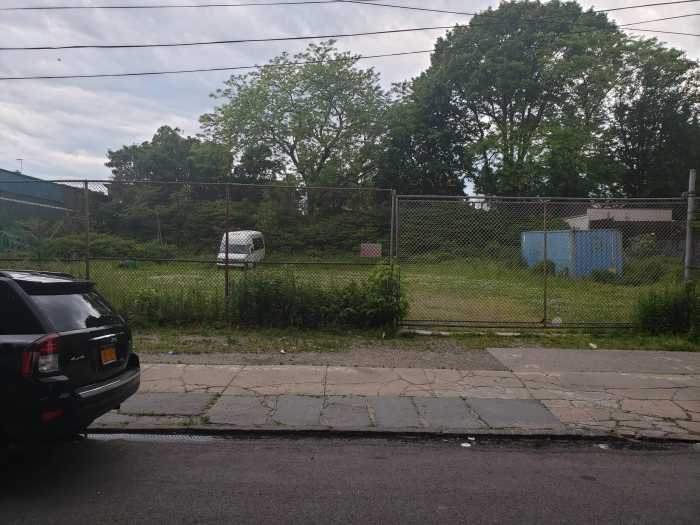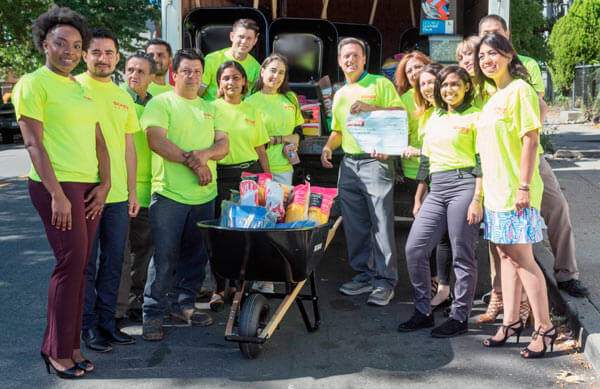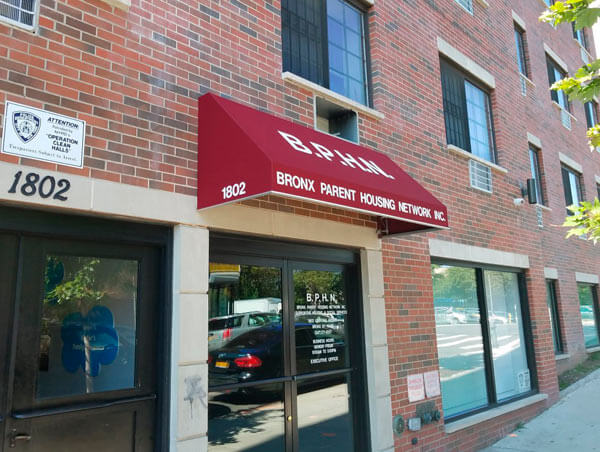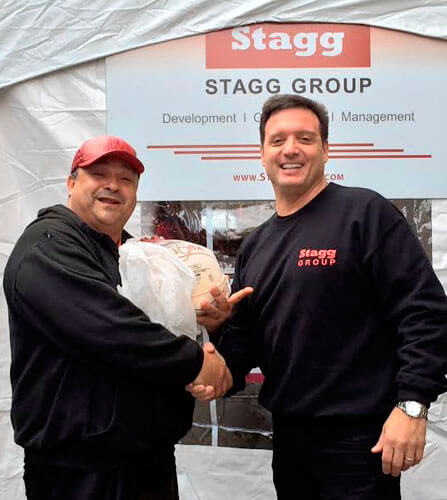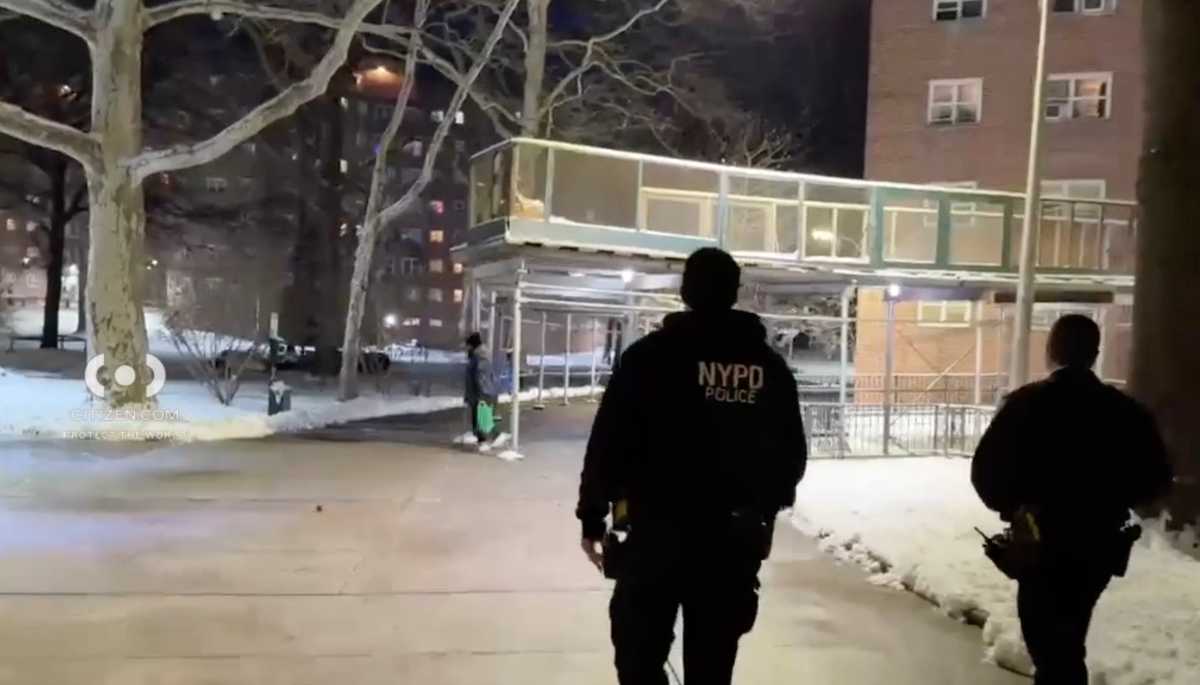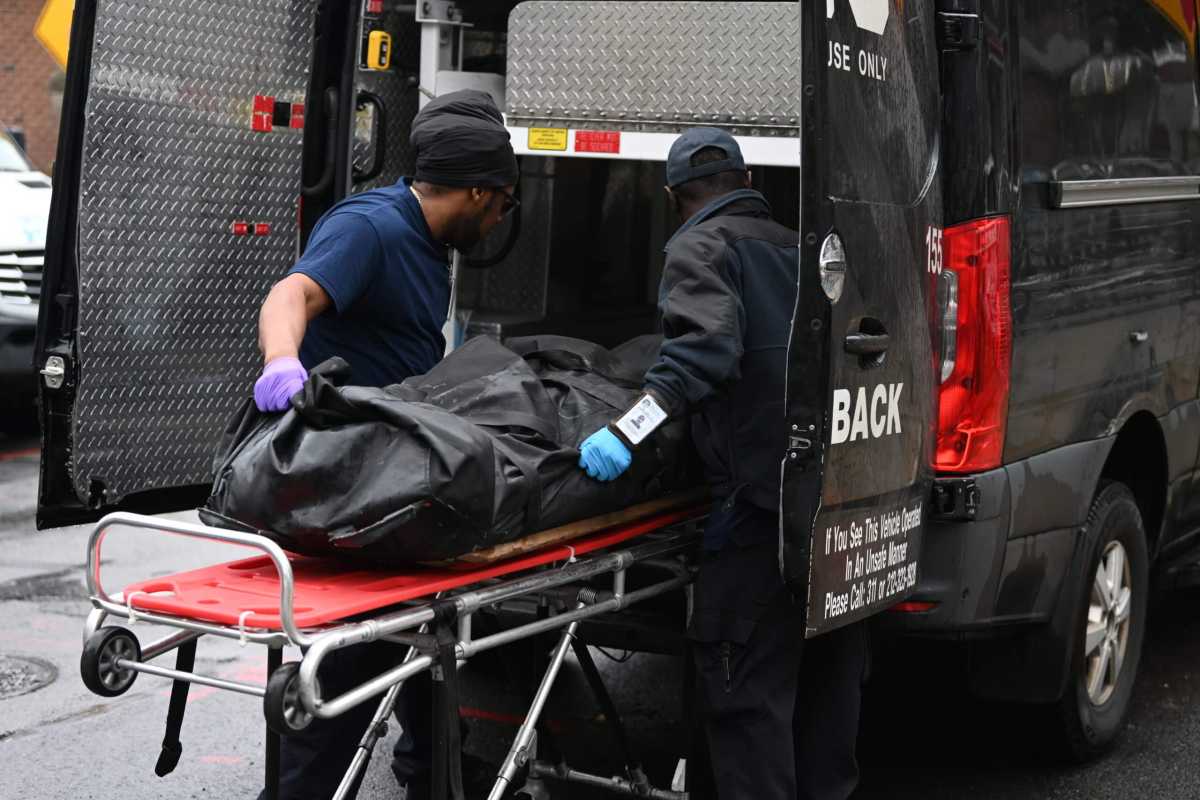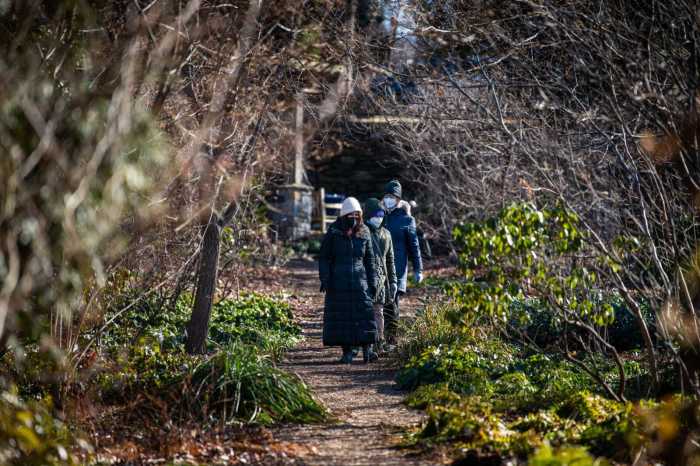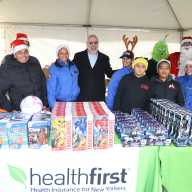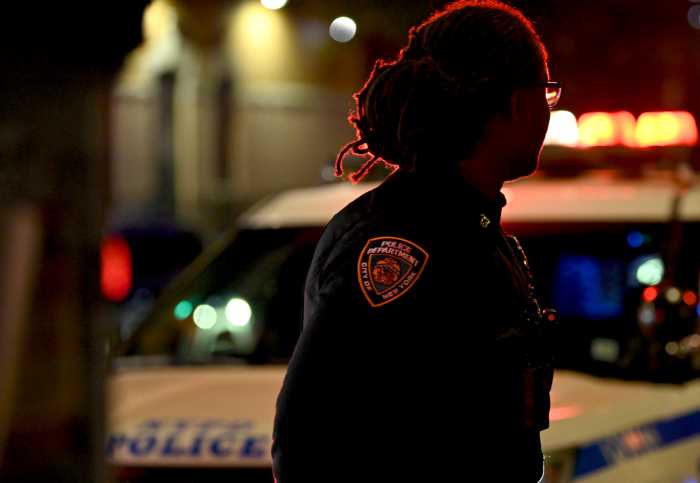After a four year battle to construct affordable housing at 1125 Whitlock Ave., it appears the project may finally come into fruition.
Community Board 2 recently threw their support behind the Stagg Group, the developers that purchased the property back in October.
On Dec. 2, the Board’s Housing and Land Use Committee approved a letter of support to the NYC Department of Housing Preservation and Development to expedite the process. The letter came after CB2 previously red flagged two other developers who were looking into the property.
In 2017, the City Council agreed to rezone the property, transforming it from a manufacturing area to a residential zone. Now under the guidance of Stagg, the community will receive the same project it approved but with a more concrete plan for time, execution and collaboration. The Stagg Group did not proposed further changes to the building height, envelope or overall square footage other than what the community board approved in 2017.
CB2 District Manager Ralph Acevedo said he was glad Stagg took the reigns of the project, but felt it needed to be built sooner rather than later.
“We’ve been waiting for this for four years,” he said. ‘The two buildings could have been built already. How long do we have to wait? Another year? We’re excited this is happening now. We want to see this project move.”
Plans for the site include 15,000 square feet of commercial space and a 10,000 square foot community facility. The project will consist of two phases and is set to employ more than 150 people.
The property is zoned for low income housing under the city’s Extremely Low & Low-Income Affordability (ELLA) Program. The ELLA Program funds the new construction of low-income, multi-family rental projects in which a minimum of 80 percent of the units are at low income rents affordable to households earning up to 80 percent of Area Median Income (AMI).
Up to 20 percent of the units may have rents affordable to moderate income households earning between 90 to 100 percent of AMI. At least 15 percent of units must be set aside for formerly homeless households.
Units will include 108 studios, 217 one-bedroom, 136 two-bedroom and 81 three-bedroom units. Green space will also be incorporated into the building design.


